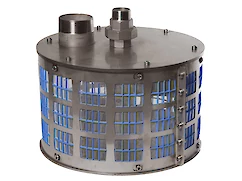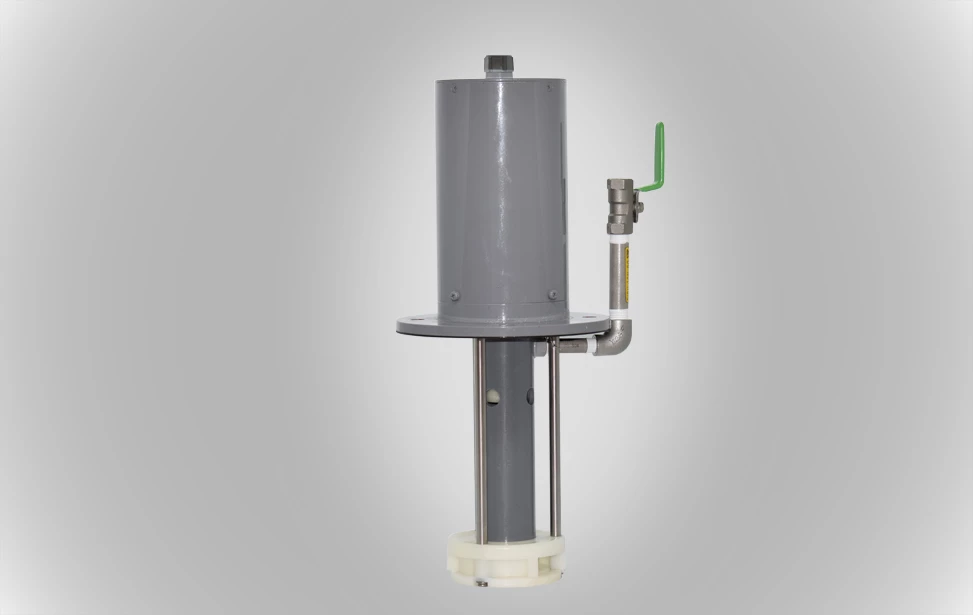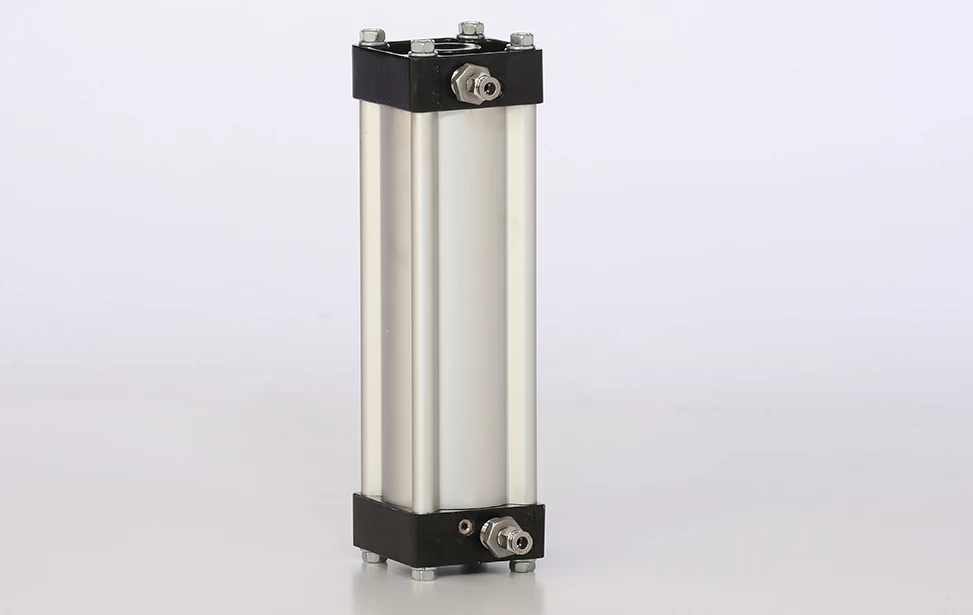Modified: Wednesday, 31 December 2025
Written by Erik van Berkum (LinkedIn)
Effect of air nanobubbles on oxygen transfer
Introduction

The activated sludge process involves converting organic matter in wastewater into CO2 and biomass through biological decomposition, which requires efficient transfer of dissolved oxygen (DO). Traditional aeration methods, though energy-intensive, achieve only moderate oxygen transfer efficiency. The study examines the potential benefits of utilizing nanobubbles, which are stable gas cavities with unique properties that enable prolonged existence and enhanced mass transfer efficiency in aqueous solutions.
Conventional aeration in wastewater treatment is energy-intensive and costly, with a significant portion of energy consumption devoted to the aeration of activated sludge processes. Nanobubbles (NBs) have smaller diameters than traditional microbubbles, resulting in a larger contact surface area and a faster rise in dissolved oxygen concentration. NBs show promise in improving oxygen mass transfer efficiency, which may potentially enhance biomass production and reduce sludge production in activated sludge reactors. This article presents experimental results on the impact of NB aeration on dissolved oxygen levels, gas transfer coefficients, and NB size distribution in nanopure water. It suggests that NB aeration can significantly increase the efficiency of oxygen transfer and offers potential benefits in wastewater treatment processes; however, further research is needed to understand its impact on activated sludge treatment fully.
The study also examines the effect of NB aeration on physicochemical properties and microbial communities of activated sludge. It provides preliminary assessments of NB aeration in lab-scale reactors, paving the way for potential implementation in full-scale wastewater treatment plants.
Materials and methods
In this study, the researchers conducted experiments using a lab-scale reactor including Acniti Microstar Nanobubble Generator (Model-FS302AC-SW1, 300 W) with activated sludge collected from a local municipal wastewater treatment plant. They compared the impact of nanobubble (NB) aeration with conventional fine bubble (CB) aeration on various parameters related to wastewater treatment efficiency.
Results and discussion

The results showed that NB aeration led to a significantly higher increase in dissolved oxygen (DO) levels in the water compared to CB aeration. Within the first two minutes of aeration, the DO level in NB-aerated water increased six times faster than in CB-aerated water. The NBs provided a continuous supply of oxygen, leading to more efficient oxygen utilization and potentially enhancing the metabolic rates of aerobic microorganisms in the activated sludge.
The study also analyzed the size distribution and concentrations of NBs over time. The NBs generated in the solution showed a decrease in average size and an increase in concentration with aeration time. This rapid generation of NBs contributed to the rapid rise in dissolved oxygen levels observed in the experiments. Furthermore, the researchers assessed the impact of NB aeration on activated sludge characteristics and microbial communities. The results showed that NB aeration led to changes in the activated sludge properties, including soluble chemical oxygen demand (sCOD), total solids (TS), and sludge volume index (SVI). The microbial community associated with the activated sludge was also affected by NB aeration, showing alterations in microbial composition and morphological variations.
Overall, the study suggests that aeration with nanobubbles could offer a more energy-efficient and effective approach to oxygen transfer in wastewater treatment processes. The use of NBs has the potential to improve treatment efficiency, reduce energy consumption, and enhance microbial activities in activated sludge reactors. on the other hand, NB aeration can alter the physicochemical characteristics and microbial communities in activated sludge, but further research is needed to understand its long-term effects on sludge quality and treatment efficiency.
Read the full article on Science Direct












